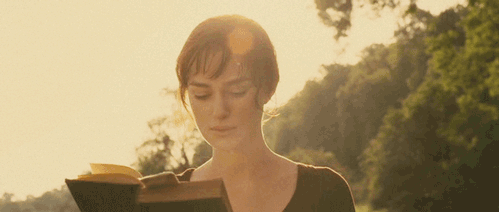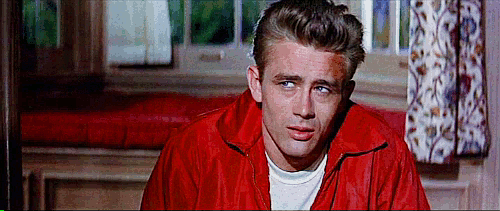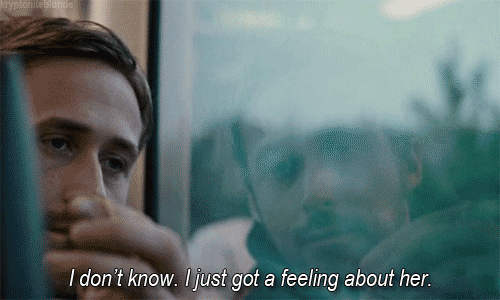Began reading: 13.6.2017
Completed reading: 21.6.2017
Overall rating: 3 stars
Julia Pastrana is the singing and dancing marvel from Mexico, heralded on tours across nineteenth-century Europe as much for her talent as for her rather unusual appearance. Yet few can see past the thick hair that covers her: she is both the fascinating toast of a Governor’s ball and the shunned, revolting, unnatural beast, to be hidden from children and pregnant women.
But what is her wonderful and terrible link to Rose, collector of lost treasures in an attic room in present-day South London? In this haunting tale of identity, love and independence, these two lives connect in unforgettable ways.
Orphans of the Carnival by Carol Birch is a historical fiction novel that follows the life of Julia Pastrana – a woman born with the appearance of an ape, but with the grace and charm of a proper lady. A follower of mine recommended this novel to me after I mentioned my interest in it. I thought that it would centre around a carnival as mentioned in the title, but it did not. Overall, I enjoyed it but there were some negatives, which I’ll discuss later.
Julia Pastrana was plucked from a life of servitude at a palace in Mexico to sing and dance around the world with a carnival of ‘freaks’. Because of her hairy appearance, Julia constantly faces curious and hostile stares from those around her, and sometimes abuse from those who fear her. Julia’s unexpected manners and talent see her earn a significant amount of money and the people she surrounds herself with grow increasingly greedy, despite her only wish to be happy. Fearing that she will never find true love, Julia consults a fortune-teller who provides her with a love potion, which she uses on someone close to her. Little does she know, this man is one of the greedy ones and will use her for money, even after she passes away. Julia’s story is entwined with Rose’s – a woman from present-day London, who enjoys collecting abandoned bits and pieces. On her way home one day, Rose stumbles across a doll that has an intense connection to Julia. Despite being told to throw it away, Rose forms an intimate bond with the doll. Through Julia’s and Rose’s stories, readers are reminded that issues surrounding love and identity are just as important now as they were then.
The book was well-written, especially in terms of structure and pace. The use of literary techniques was on-point, particularly the use of tone, setting and conflict to strengthen the writing. I really liked how Birch described specific settings to reflect how the character was feeling. For example, when Theo’s illness seemed to have disappeared, he went to a pub which he described as ‘glowing’. I interpreted it as a reflection of how he felt inside – he noted that he felt young, so I assumed that he was joyful and warm (the type of feelings associated with a nice glow). There were also some great quotes, including:
‘The world’s a cruel place, and there’s nothing fair about it’ (p. 23).
What do you want? – she asked herself. Just this, out in the world, free, unafraid. Don’t spoil it by being afraid, fool. Pretend. Shake inside but never let it show (p. 33).
‘Names are important,’ she said. ‘When a thing has a name, that’s when it really counts’ (p. 46).
‘Never forget,’ he said, ‘that words on a piece of paper are nothing more than paper. They have nothing to do with your own self’ (p. 135).
To my regular readers, I know that I’m beginning to sound like a parrot, but I love a good set of characters to complement an exciting plot. As I have mentioned in previous reviews, I believe that characters are just as important as the plot, and become instantly more likeable when they have an intriguing personality. In this book, I found almost every character to be interesting, but it was how their personalities changed as time went on that really fascinated me. It mirrors reality, where individuals encounter challenges or momentous occasions that enable us to mature and change who were are. Just as interesting was seeing how some characters stayed the same – especially in regards to their beliefs and morals. The way in which Birch makes her characters realistic made the narrative more enjoyable.
Something that arises from historical fiction novels is that authors don’t always get right is the accuracy of a particular time period. As this book explores life in the nineteenth century, I have a fair idea of how restrictive life was (due to my constant study of this time at university). With confidence, I can say that Birch has accurately portrayed the Victorian era, especially in terms of society and gender. In relation to society, we could see how it affected individuals’ appearances while out in public. Everything felt traditional, masculine and stratified, which leads us to the portrayal of gender in the text. Gender expectations were very strict during the Victorian era, so it was easy to see how Julia’s and Marie’s circumstances were influenced by the patriarchal system that surrounded them – both women could only find ‘freedom’ through marriage, which was sad; despite the sadness, the story was well-written to reflect the values of the time period, which emphasises just how proficient Birch’s writing style is.

If you read the blurb, you would know that there was a link between Julia in the nineteenth century and Marie in the present-day. Maybe I expected too much from this connection, but it didn’t really relate to anything in the plot until you reach the conclusion. In my opinion, I still wasn’t able to connect Julia and Rose besides the object(?)/person(?) – not too sure how to describe it without giving it away – that they share. It really had no relevance to anything that happened in the book, and once I discovered what is was, I was kinda creeped out. I don’t know but it was just gross! It’s possible that I read too much into the connection between Julia and Rose, but I didn’t understand the point behind it.
Another that I had with the book was the dialogue, in particular how the conversations did not flow. A book is far more appealing when everything flows, and conversations are easy to follow. Unfortunately, I didn’t like the dialogue in this novel, as it came off disjointed and random at times. For example, there were times when the conversation was focused on something, then out of nowhere, there’s a topic change – right in the middle of an interaction. When this happened, I was left wondering what happened. I felt lost because the conversation was going one way, then totally changed without warning.

The major concern that I had with this book was how the plot differed from the blurb and title. Looking at the title, you assume that the plot is about a group of ‘freaks’ that have been put together to perform in a carnival. For a time, the plot followed this idea (and it was an interesting part of the novel); however, it all changed when Julia was sold to someone and had to move away from her friends. After this, the plot was solely focused on Julia and her relationship with Theo. It was bland and uninteresting, which was why I gave this book a mediocre rating.
My favourite character was Julia because she was brave, resilient, respectable, charming, humble, and a dreamer. She never asked for much, and I believe that she was too pure for this world. Friederike is a notable character.
I never really liked Theo’s character, probably because he seemed too obsessed with his business. His behaviour towards Julia really broke my heart because that angel deserved better than him! I had a sneaky suspicion that he was greedy and never loved Julia, and his behaviour confirmed this. Julia only wanted to be loved – why is that so hard to give?! It’s not too much to ask!

My favourite part of the novel was when Julia and Friederike had their final conversation over wine. It was a point in the plot where Julia knew that EVERYBODY is wary of her appearance, yet her friendship with Friederike seemed true. I also liked the way that Friederike confronted Theo about Julia’s body – it showed that she had morals and still cared for her friend.
Recommendation time! If you like The Night Circus by Erin Morgenstern, Freeks by Amanda Hocking, and The Museum of Extraordinary Things by Alice Hoffman, you will love this book. Also, I recommend this book to anyone who likes Freaks, The Elephant Man, the American Horror Story: Freak Show tv series, and Howling VI: The Freaks.
Happy reading!
Like and follow!
Instagram: @thebasicbookworm
Twitter: @BasicBookworm




















